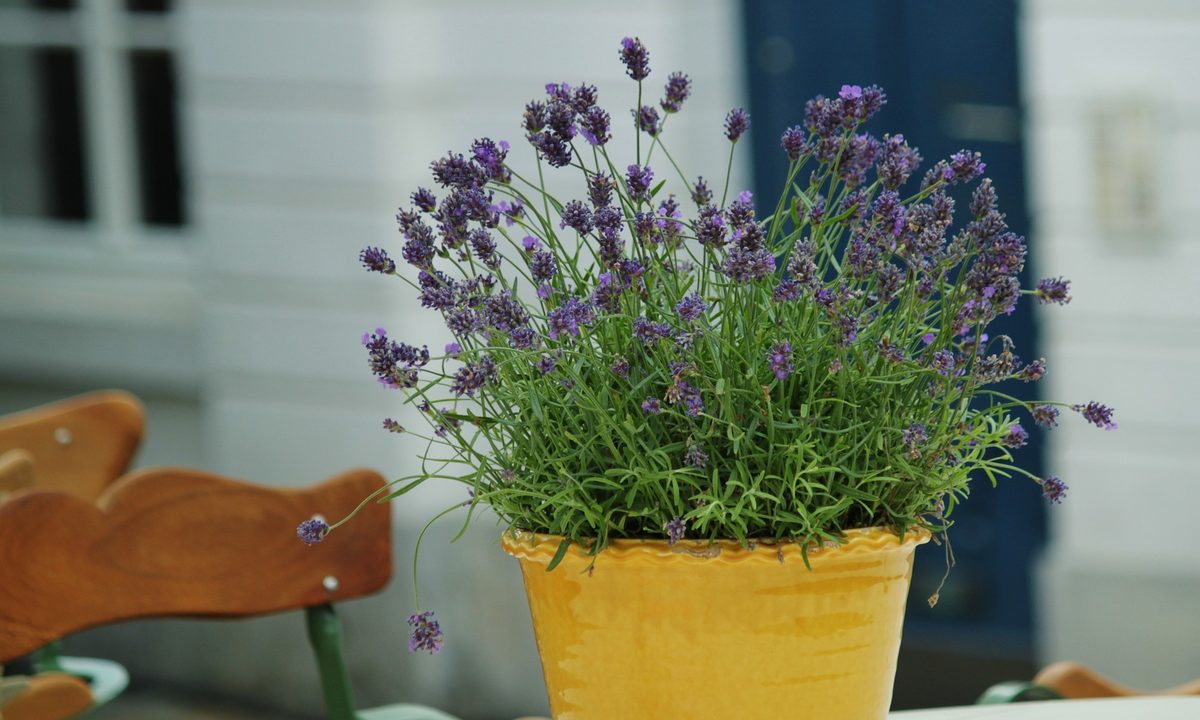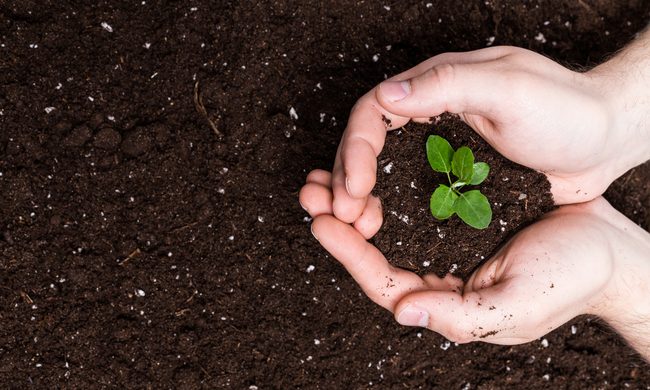If you want fresh vegetables to enjoy at home, growing your own is one way to achieve that. There are many easy to grow vegetables, and it’s possible to have a thriving vegetable garden no matter your experience level. However, proper companion planting can be a huge help in the garden. Using a companion planting chart to choose which vegetables to plant next to each other is the first step, but the second is to choose the right companion flowers for vegetables. Here are a few of the best options for you to consider.
Bee balm
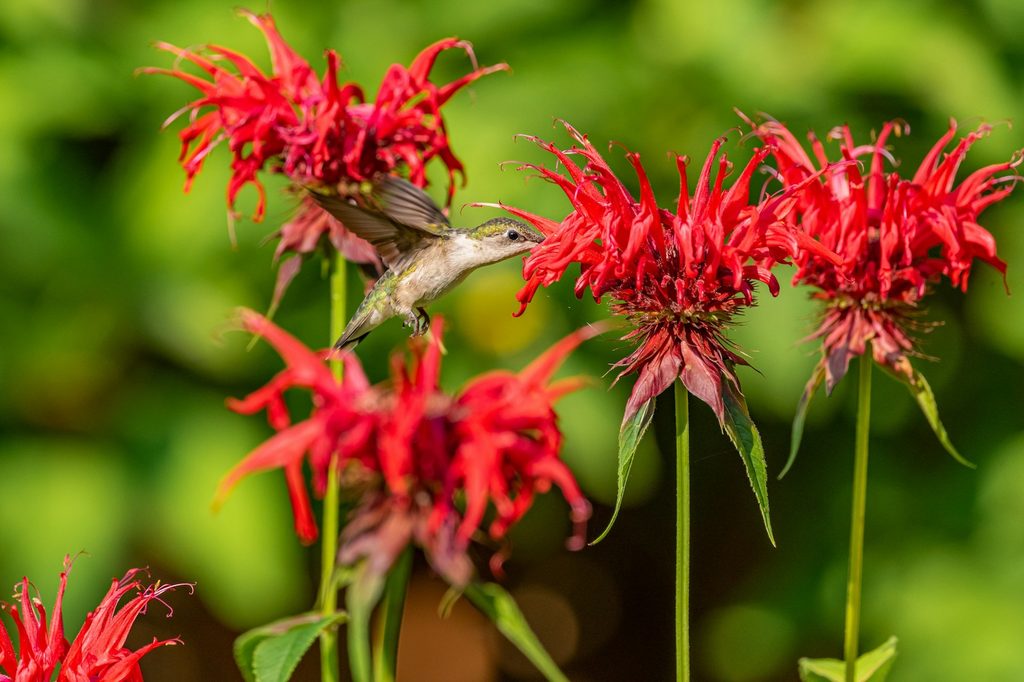
There are several functions that companion flowers for vegetables can serve. Bee balm is great for attracting pollinators. This is helpful for any garden, but especially for vegetable gardens with a lot of fruits like peppers, tomatoes, cucumbers, and eggplants. Pollinators are drawn to the bee balm, and then they visit your vegetable plants. More pollinated flowers means more delicious tomatoes to harvest.
Bee balm is a native flower that thrives in full sun and rich, well-draining soil. The flowers are gorgeous, blooming in bright shades of red and violet. Bee balm can spread over time, so keep an eye on it to ensure it doesn’t overwhelm your vegetable garden. Bee balm is also edible and can be used as an herb, although it is more popular as an ornamental flower.
Chamomile

Chamomile is a wonderful herb to add to your vegetable garden, even if you aren’t a fan of chamomile tea. Of course, if you do enjoy chamomile tea, growing your own chamomile to make homemade tea might sound incredibly delightful. Chamomile plants have small flowers that strongly resemble daisies, typically with white petals and a cheerful yellow center. In a vegetable garden, chamomile is more than just pretty. It attracts pollinators and seems to repel some pests.
Some gardeners also report that chamomile helps other plants grow more quickly and improves the flavor of nearby vegetables. Although this claim hasn’t been studied enough to prove or disprove, some gardeners swear by it, so it might be worth testing out in your own garden. For the best flowers, plant your chamomile in full sun to partial shade and well-draining soil.
Marigold
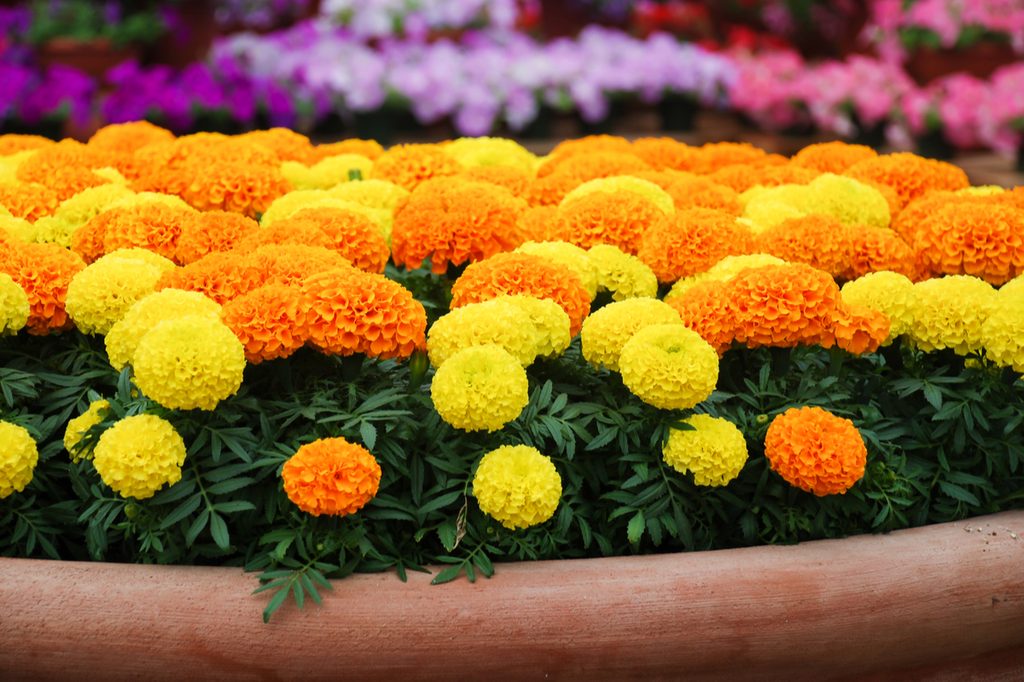
Marigold flowers are often on top of the list when it comes to companion flowers for vegetables, and for good reason. These beautiful flowers are widely praised by gardeners for their ability to repel pests. While scientific studies are inconclusive, anecdotal evidence says that marigolds can repel a number of pests, including nematodes, whiteflies, and aphids. Some of this might be attributed to another benefit that marigolds provide – attracting beneficial insects.
In addition to bees and butterflies, marigolds are great for attracting ladybugs, which eat many small pest insects. Marigolds thrive in full sun, but can tolerate some light shade as well. They prefer rich, well-draining soil that’s slightly acidic. Marigold flowers are also edible, making a pretty addition to salads or baked goods.
Lavender
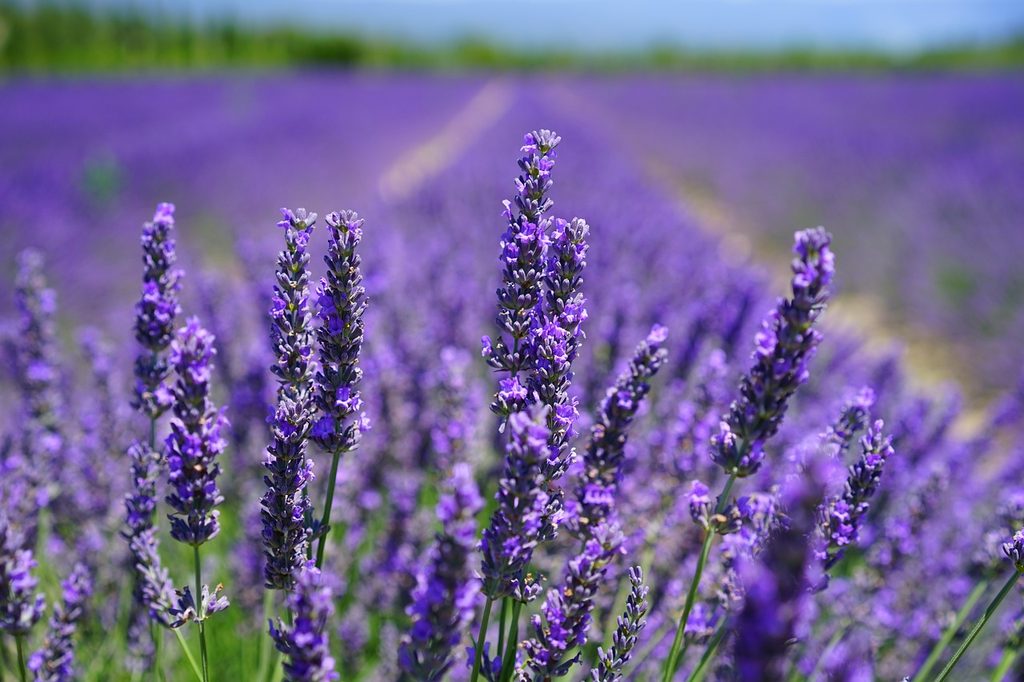
Lavender is a delicious herb, beautiful flower, and an incredibly useful companion plant. They are drought tolerant and it’s fairly easy to keep them from growing out of control. Like other colorful flowers with strong smells, lavender plants are great for attracting pollinators and repelling pests. Bees love lavender flowers, while flies and beetles seem to dislike them.
Lavender works well with most vegetables, including peppers, cucumbers, and tomatoes. Plus, the flowers are useful for people as well. You can cut and dry them for decor or potpourri or to add scent to homemade soap or cleaning supplies. They can also be used to add flavor and color to drinks or baked goods.
Nasturtium
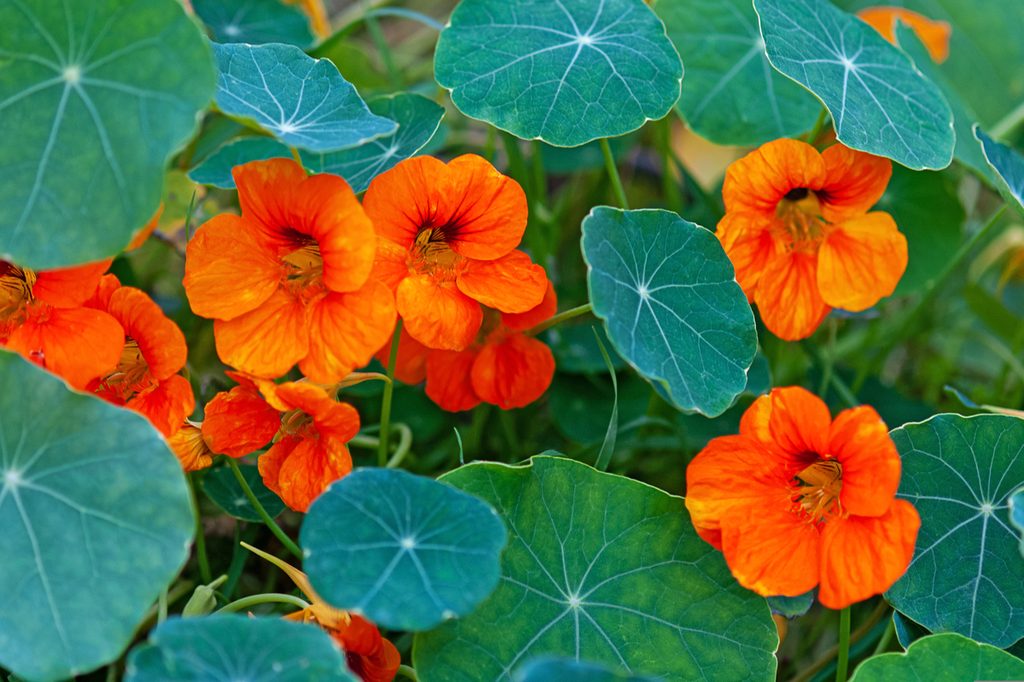
Nasturtium flowers are a great choice for a number of reasons. They offer many of the same benefits as the other flowers on this list. They are known for attracting pollinators, repelling pests, and being edible. Like marigolds, nasturtium flowers make a great addition to salads and baked goods.
However, nasturtium plants have a distinct advantage, in that they can grow in poor soil and don’t need a lot of nutrients in order to thrive. This makes them the best choice for growing alongside heavy feeders, such as pumpkins and watermelon, as they won’t compete with your vegetables for nutrients. They do need well-draining soil, though, as well as full sun to partial shade.
These companion flowers for vegetables will help your garden thrive by attracting pollinators, repelling pests, and maybe even encouraging your plants to grow faster. No matter what sort of vegetables you plan on growing or what type of flowers you prefer, one of these flowers is sure to be a good fit. Most of them are even viable companion plants for each other, so you don’t need to pick just one.
